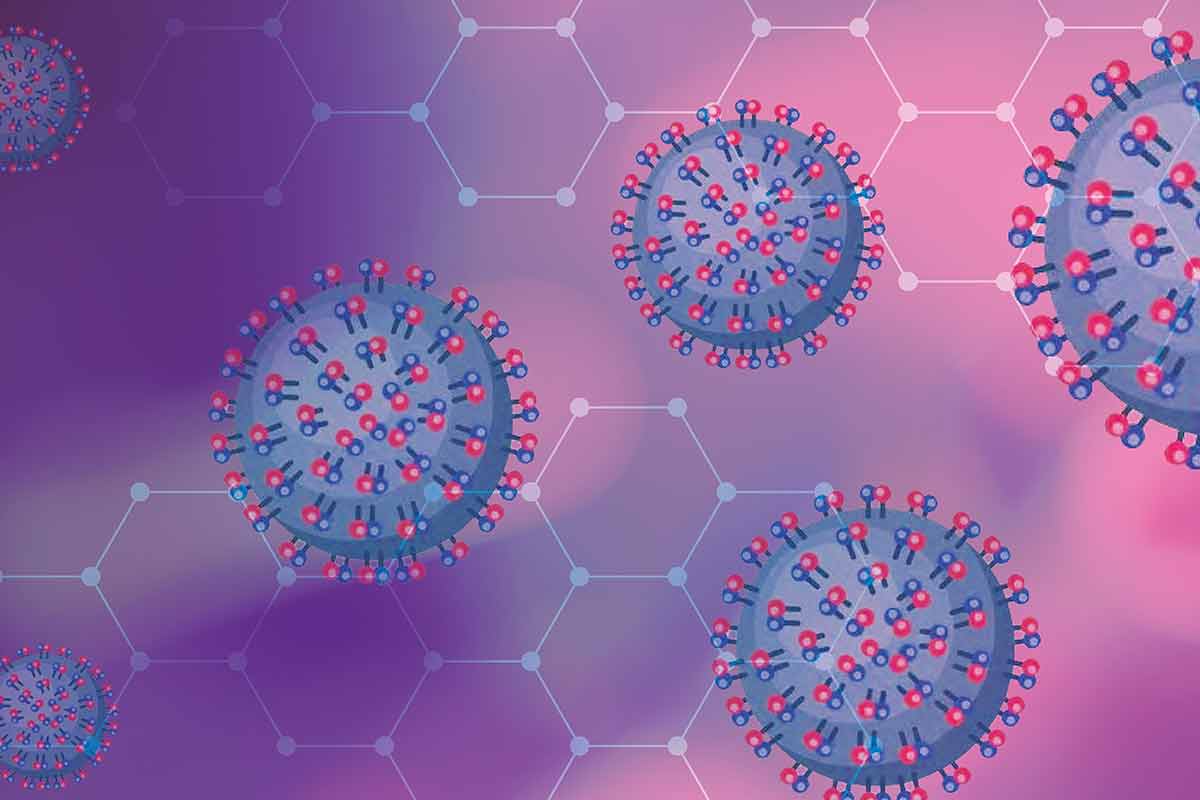HCV Project
Hepatitis C Virus (HCV) infection is a public health priority. The World Health Organization (WHO) estimated that 58 million people are affected by chronic hepatitis C virus infection, with approximately 1.5 million new infections occurring annually. Due to the nature of the infection, only a minority, roughly 20%, of people are diagnosed with chronic HCV, leading to a minimum of 400,000 deaths each year. In response to this issue, WHO set targets in 2016 aimed at addressing the challenge. By 2030, WHO aims to achieve a 90% decrease in the incidence of new infections, to treat the 80% of those eligible, and to reduce to 65% the liver-related mortality (https://www.who.int/news/item/24-06-2022-WHO-publishes-updated-guidance-on-hepatitis-C-infection). The advent of direct-acting antiviral (DAA) therapy for chronic HCV infection represents a significant milestone in clinical medicine. Nevertheless, access to diagnosis and treatment remains limited. Moreover, the use of these treatments has led to the development of drug-resistant mutations.
In light of this challenge, it is crucial to explore alternative solutions to address this burden, ultimately striving towards the development of an effective vaccine.
OUR APPROACH
Pomona Ricerca identified two cross-reactive monoclonal antibodies, named e20 and e137, around which Pomona Ricerca is developing a new HCV vaccine.
e20 Characteristics:
- recognizing a conformational epitope lying in the AR3 region on E2 glycoprotein
- binding to all HCV genotypes
- binding to the following key amino acid residues: T425, L427, N428, W437, F442, W529, G530, and W616
- in vitro neutralizing activity against genotypes 1a, 1b, 2a, 2b, 3a, 4 and 5 pseudoparticle (HCVpp) and cell-cultured (HCVcc)
e137 Characteristics:
- recognizing a conformational epitope lying in the AR3 region of E2 glycoprotein
- binding to the following key amino acid residues: T416, W420, T425, N428, N430, S432, W437, L438, L441, F442, W529 G530 and D535
- in vitro neutralizing activity against genotypes 1a, 1b, 2a, 2b, 3a, 4 and 5 HCV pseudoparticle (HCVpp) and cell-cultured (HCVcc)
Moreover, studies are conducted on the constitution of a successful HCV vaccine.


